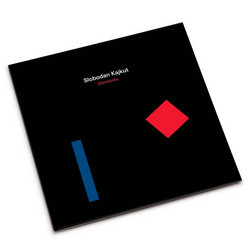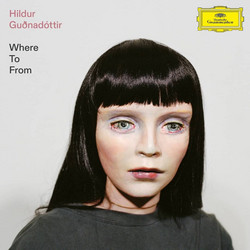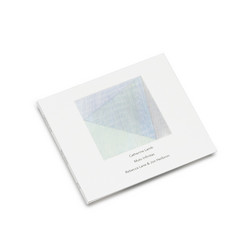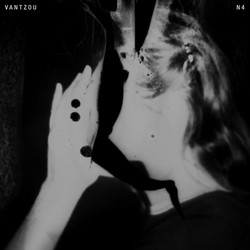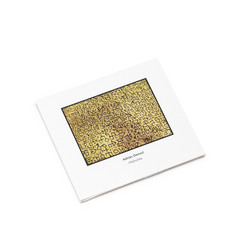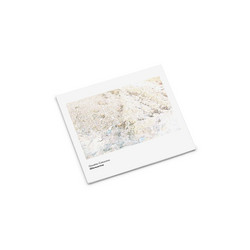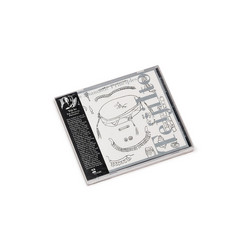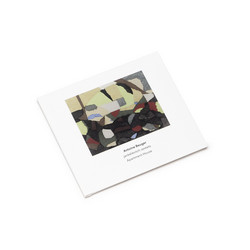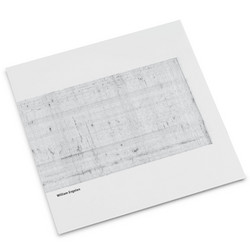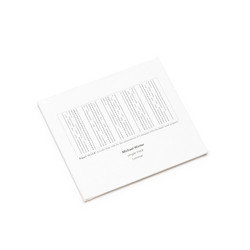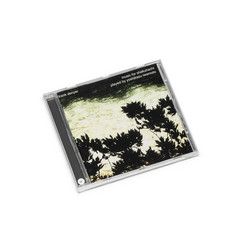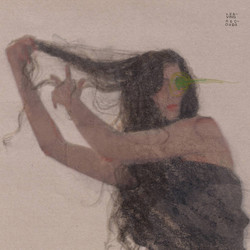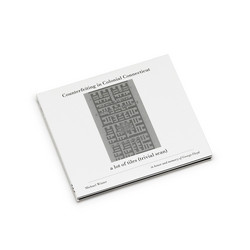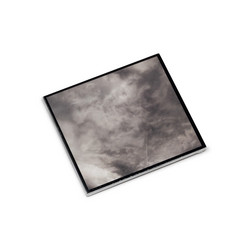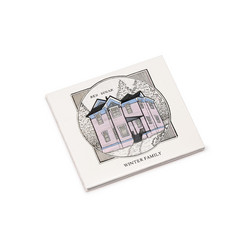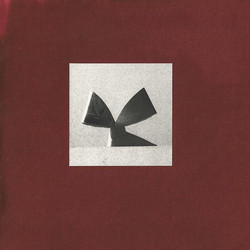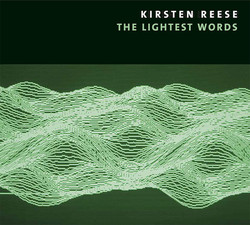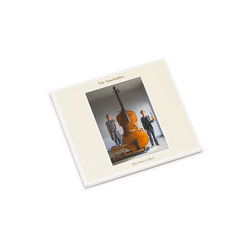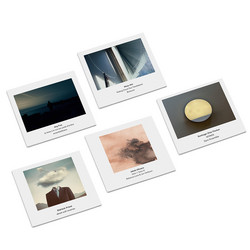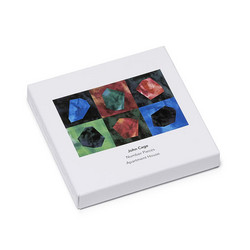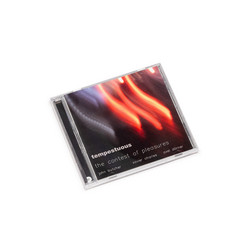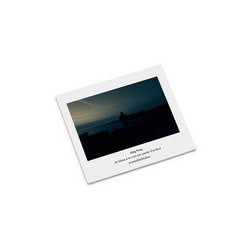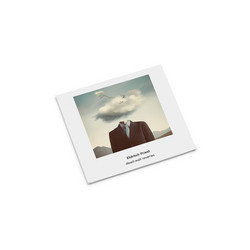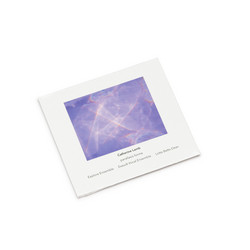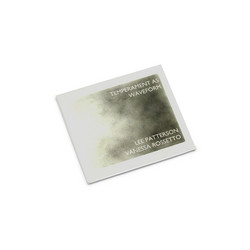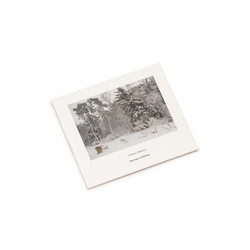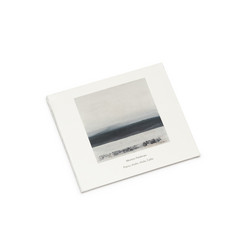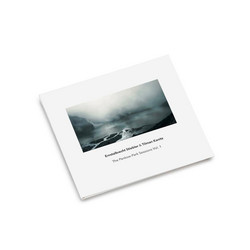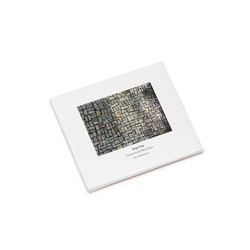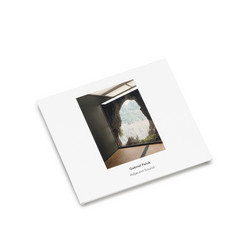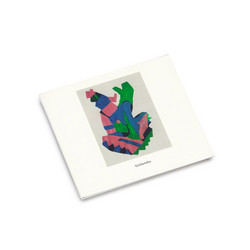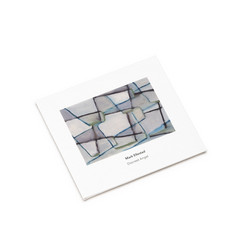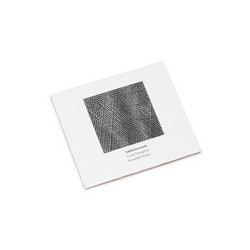Sculthorpe Studies marks a thoughtful and searching entry from Josten Myburgh, situating contemporary ensemble practice within a deep engagement with Australia’s sonic environment and historical legacy. Drawing direct inspiration from the harmonic language of Peter Sculthorpe, himself known for invoking landscape and indigeneity in his music, Myburgh constructs a work for sextet and field recordings that is at once interrogation and homage. The piece unfolds in a sequence of episodes, each pairing instrumental passages rooted in dry, bitonal harmonies and sudden, landscape-like shifts of contour - with field recordings gathered from Wiilman Noongar, Mandjoogoordap Binjareb Noongar, Palawa, and Bidawal country. These environmental sounds, dominated by birdsong and layered atmospheric textures, form not merely backdrop but substance, drawing performer and listener into a palpable sense of place.
The instrumental writing, featuring electric guitar, percussion, and winds, oscillates between consonant blocks and finely-grained fragments, as if mirroring the unpredictable, sometimes abrupt transitions of Australia’s geography - a Sculthorpian hallmark that Myburgh adopts and reframes. There is a persistent frankness and vulnerability to the music: rather than masking the complexities of colonial appropriation in Australian art, Myburgh confronts these histories head-on, wrestling with the tensions embedded in Sculthorpe’s music, and by extension, in his own. The field recordings are not mere illustrative gestures, but material evidence - voices and presences occupying the same aural space as the ensemble, blurring the lines between composition, document, and soundscape.
Myburgh’s approach favors a quiet intensity, building space for contemplation and ambiguity. By interleaving acoustic and environmental sound, the album rejects both nostalgia and easy critique, opting instead for a mood of witness and careful construction. Listeners are drawn into a world where music and landscape are inseparable: every instrumental phrase seems to echo, comment on, or be subsumed by, the dense tapestry of place. Sculthorpe Studies thus becomes less a statement than a process - a living record of negotiation, attention, and care. In an era of heightened attention to questions of site and heritage, Myburgh’s album distinguishes itself by its willingness to dwell in complexity. In its blend of atmospheric presence and compositional rigor, Sculthorpe Studies offers a space for awareness, asking how we listen, what we inherit, and how the act of listening might itself become a form of responsibility.

